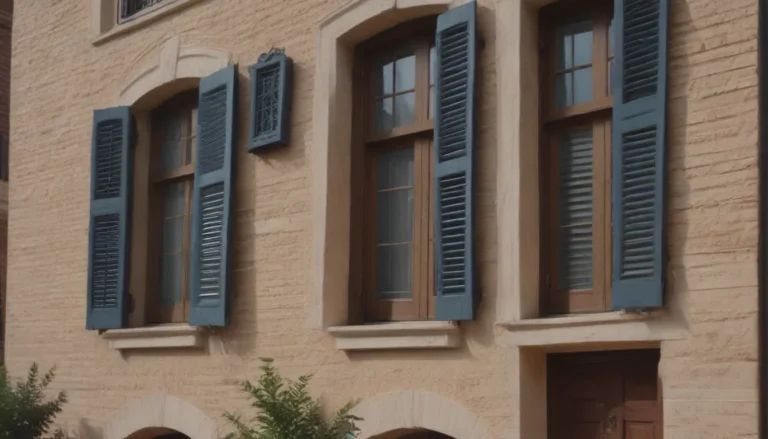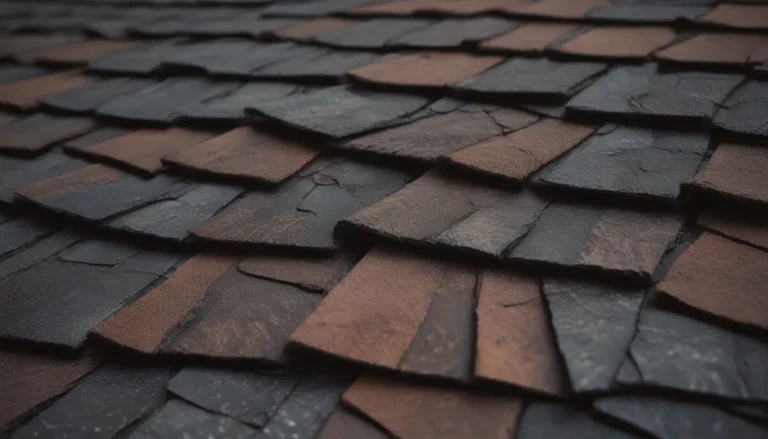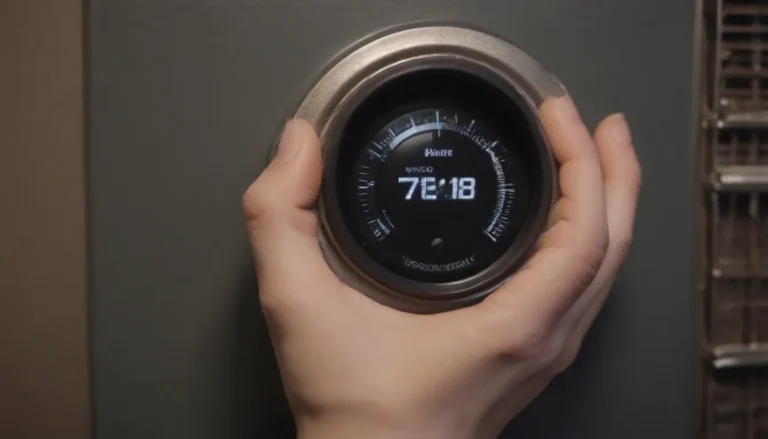DIY Toilet Repairs: Solving Common Toilet Problems

Toilets are a crucial part of our daily lives, but they can sometimes develop issues that need attention. The good news is that most toilet problems are easily fixable without the need to call a plumber. In this guide, we will discuss common toilet problems that you can repair yourself, saving you time and money in the process.
Understanding How Toilets Work
Toilets may seem like complicated contraptions, but in reality, they are quite simple devices. Understanding how a toilet works can help you troubleshoot and fix any issues that may arise. Here’s a brief overview of how a typical toilet operates:
- When you flush the toilet, water from the tank flows into the bowl, pushing waste into the sewer line.
- The toilet tank and bowl are the main components of a toilet, each containing only a few parts that are easy and affordable to repair or replace.
Knowing the basics of how a toilet functions can make it easier for you to identify and resolve any problems that may occur.
Before You Begin: Shutting Off the Water Supply
Before you start any repairs on your toilet, it’s essential to shut off the water supply to prevent any accidental leaks or spills. Locate the handle at the base of the toilet and turn it clockwise until it is tight. Be sure not to use a wrench, as this could damage the handle. Additionally, if you’re removing the toilet, stop the open sewer pipe with an old rag to avoid dropping tools or bolts into the sewer pipe.
Common Toilet Problems and How to Fix Them
1. Leaking Toilet Base
A common issue that can occur with toilets is water leaking around the base of the toilet bowl on the floor. While some condensation is normal, a puddle of water at the base of your toilet may indicate a faulty wax ring. The wax ring seals the toilet’s base to the drain opening in the floor. To fix this problem:
- Remove the toilet to access the wax ring.
- Scrape out the old wax ring with a putty knife.
- Install a new wax ring and reset the toilet in place.
2. Running Toilet
If your toilet is constantly running, the culprit may be a faulty flapper at the bottom of the tank. To resolve this issue:
- Replace the flapper with a new one from a repair kit.
- Kits are affordable, costing between $10 to $20.
- Another quick fix is to bend the float arm down to lower the water level in the tank.
3. Loose Flush Handle
When the flush handle becomes loose or disconnected from the tank, the repair is straightforward and doesn’t require draining the tank. Simply tighten or reattach the handle to the tank to resolve the issue.
4. Clogged Toilet
A clogged toilet is a common problem that can usually be fixed by plunging it. Here are some tips for effectively clearing a clog:
- Use a toilet plunger, which is specifically designed for toilet clogs.
- If a plunger doesn’t work, consider using a toilet auger or snake to clear the blockage.
5. Leaky Toilet due to Faulty Flush Valve
In some cases, a leaky toilet may be caused by a faulty flush valve in the center of the tank. Adding a small refill tube to control the water flow into the overflow tube can help prevent leaks. It’s important to understand the flushing mechanism of your toilet before attempting any repairs.
When to Call a Professional Plumber
While many toilet issues can be fixed without professional help, there are certain situations where it’s best to call a plumber. Here are some instances when you should seek professional assistance:
- Overflowing Toilet: If your toilet is overflowing, it’s a dynamic and potentially hygienic issue that requires immediate attention from a plumber.
- Persistent Clogs: If you’ve tried plunging or using a toilet auger but can’t clear a stubborn clog, a plumber may be able to help.
- Complex Repairs: Some toilet problems, such as intricate flushing mechanisms or internal leaks, may be best handled by a professional plumber.
In most cases, opting to repair a toilet yourself is more cost-effective than replacing the entire unit. While the average cost of toilet installation is around $500, individual replacement parts are typically much cheaper. However, it’s essential to consider the labor costs associated with hiring a plumber, which can range from $75 to $150 per hour.
By understanding the common issues that can arise with toilets and learning how to address them effectively, you can save time and money on repairs. With a bit of know-how and some basic tools, you can keep your toilet in top working condition without having to rely on professional assistance for every problem that arises. Remember, a well-maintained toilet is a happy toilet!





